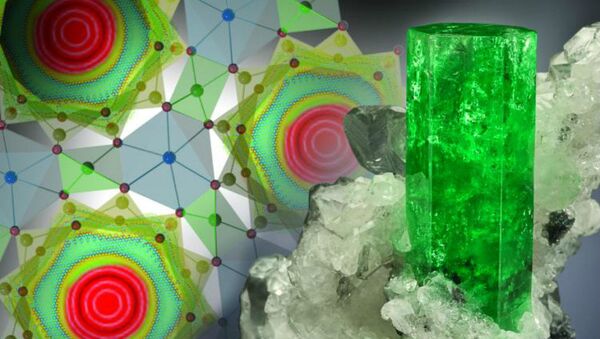According to the survey, the so-called "tunneling" state allows water molecules, when in confined spaces, to become scattered around and pass through potential walls.
It's #NatLabDay! Did you know ORNL is @ENERGY's largest multi-program #science & #energy laboratory? pic.twitter.com/RycyPlmMZO
— Oak Ridge Lab (@ORNL) 20 апреля 2016 г.
ORNL researchers have repeatedly made experiments to find out what happens to water when it occupies tiny spaces within minerals; the latest experiment saw them study what happens to water when it occupies the small hexagonal ultra-small channels inside beryl.
Alexander Kolesnikov, one of the ORNL researchers, explained that "at low temperatures, this tunneling water exhibits quantum motion through the separating potential walls, which is forbidden in the classical world."
Although it remains unclear how the discovery could be used, the scientists stressed that it changes our fundamental understanding of how water behaves in ultra-small scale storage. This, in turn, could allow for the development of new ways of mimicking natural phenomena such as water diffusion through cell membranes, according to the technology news website Tech Times.



